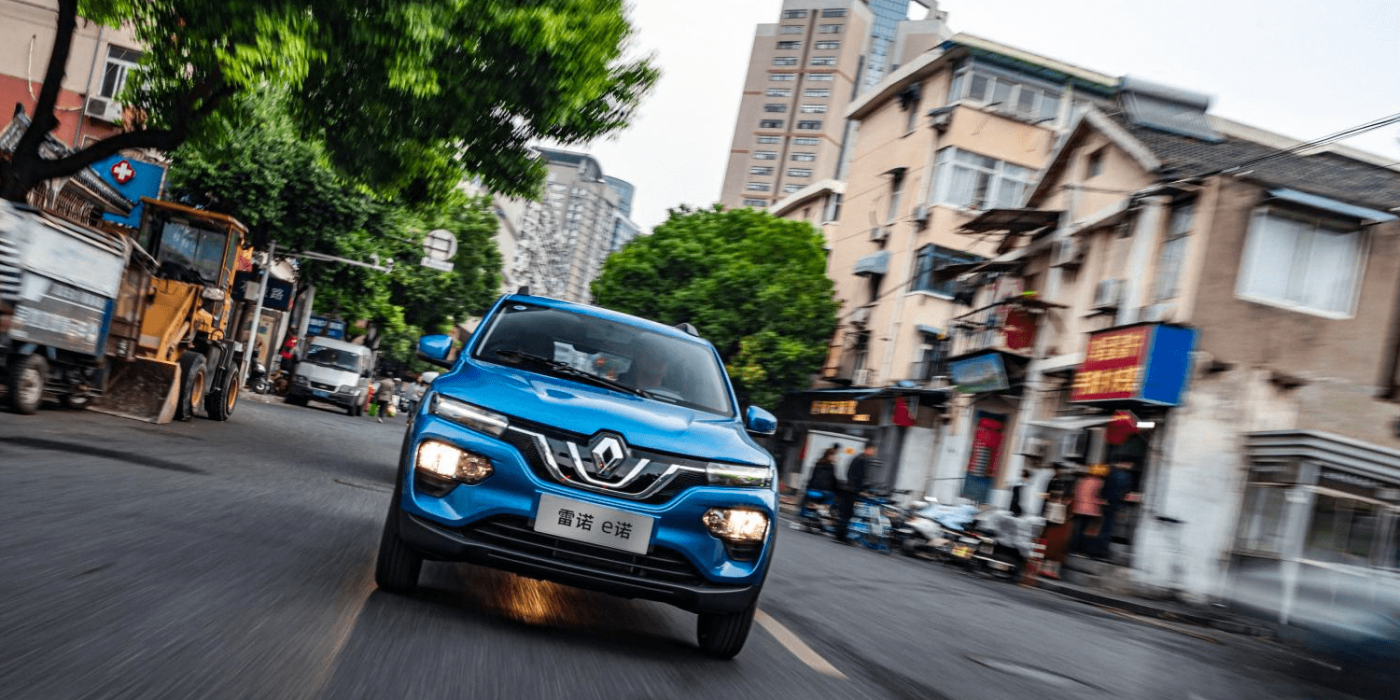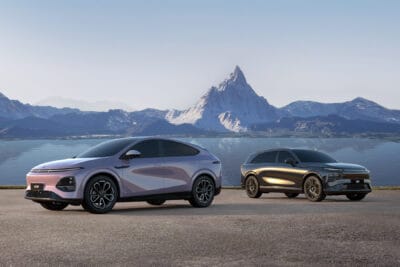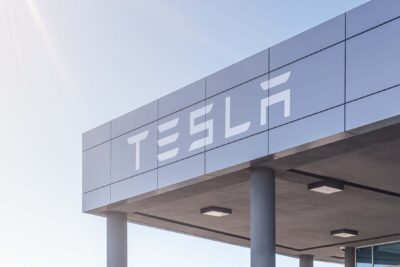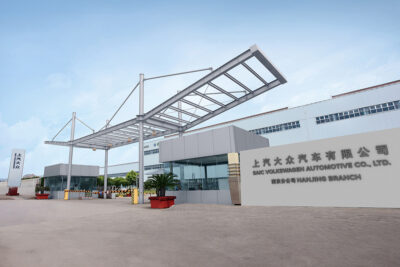China aims to rid its roads of pure ICEs by 2035
The Chinese government has released the ‘Energy-saving and New Energy Vehicle Technology Roadmap 2.0’ or ‘Technical Roadmap 2.0’ for short. The plan outlines the concrete goals of transforming Chinese automotive industries into a wholly electric industry by 2035 when pure combustion engines will no longer be permitted.
The Technology Roadmap 2.0 was recently presented in Shanghai under the guidance of the Ministry of Industry and Information Technology and organised by the Chinese Society of Automotive Engineers (SAE). The roadmap has been worked on by what the SAE says are more than a thousand experts from across the automotive industry
In a direct translation from the Chinese document, the strategy states that it “further emphasises the pure electric drive development strategy, proposing that by 2035, new energy vehicles will account for more than 50% of the market, fuel cell vehicles will account for about 1 million units, energy-efficient vehicles will be fully hybridized, and the automotive industry will be transformed into an electric one.”
Where things become a little unclear is the question is what “fully hybridized” means – in practice, 48-volt mild hybrids would only bring small savings in consumption and emissions. When the Chinese government set the NEV quotas until 2023 in June 2020, full hybrids were also in a better position than before. Although they are still considered to be combustion engines, they are now called “passenger cars with low fuel consumption” and receive fewer negative points.
With full hybrids, the only primary energy source in the vehicle is the fuel tank. Since kinetic energy is recovered and can be used for propulsion with the electric motor, fuel consumption is reduced. But unlike PHEVs or BEVs, these vehicles will not become cleaner if the energy mix improves in the power grid and are still entirely dependent on oil.
China wants to gradually eliminate pure combustion engines without hybridization over the next 15 years. By 2030, 75 per cent of gasoline vehicles are to be hybrids, and by 2035 pure combustion engines will no longer be permitted.
Currently, new energy vehicles account for five per cent of new registrations, with battery-electric cars accounting for the majority. In an intermediate step up to 2025, the Technology Roadmap 2.0 sees the share of NEVs at 20 per cent – without mentioning the exact distribution between the three drive systems – until the 50 per cent mark is to be exceeded in 2035.
Incidentally, the report also expects that the CO2 emissions generated by passenger cars will continue to rise for the time being, with peak emissions reached in 2028. Emissions are expected to fall by 20 per cent by 2035.
While these targets do not seem radical or unexpected, they do mark a deep shift – also for the rest of the world. China has the highest numbers of vehicles in the world and is therefore the most lucrative markets for automotive manufacturers and suppliers. The power of this market, therefore, steers the business objectives of the world’s largest manufacturers and signals the end of purely combustion engines.
electrek.co, sae-china.org (in Chinese)





0 Comments